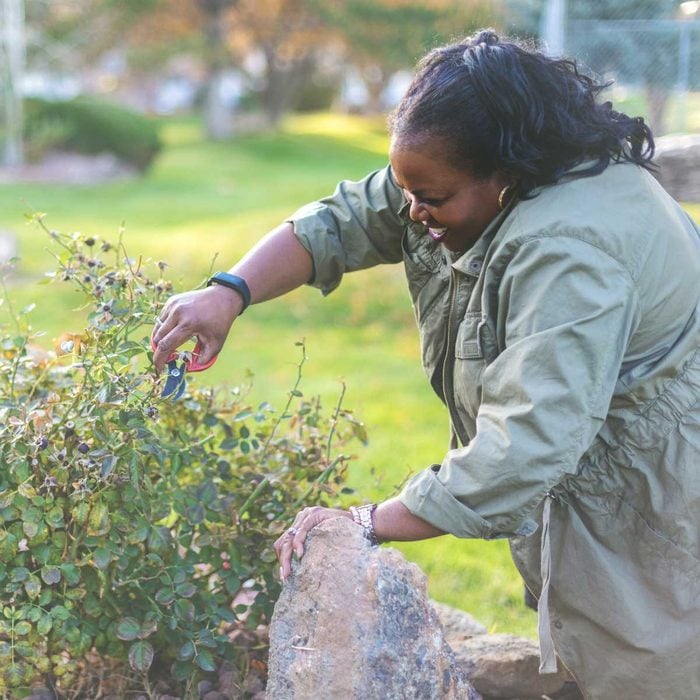
When To Cut Back Perennials
In the crunch of the annual fall cleanup, remember to make time for perennial care too.
Cutting back foliage protects flowering plants from disease and provides a clean start for regrowth. But many perennial plants are worth leaving up if they’re healthy, since letting them stand for winter can increase their hardiness and benefit wildlife.
Dick Zondag, former president of Wisconsin-based J.W. Jung Seed Co., offers tips for getting perennials ready, if you choose to trim them. So grab a pruner and start cropping these 10 plants.
Psst—check out our list of 11 things to do in August to get your garden ready for fall.
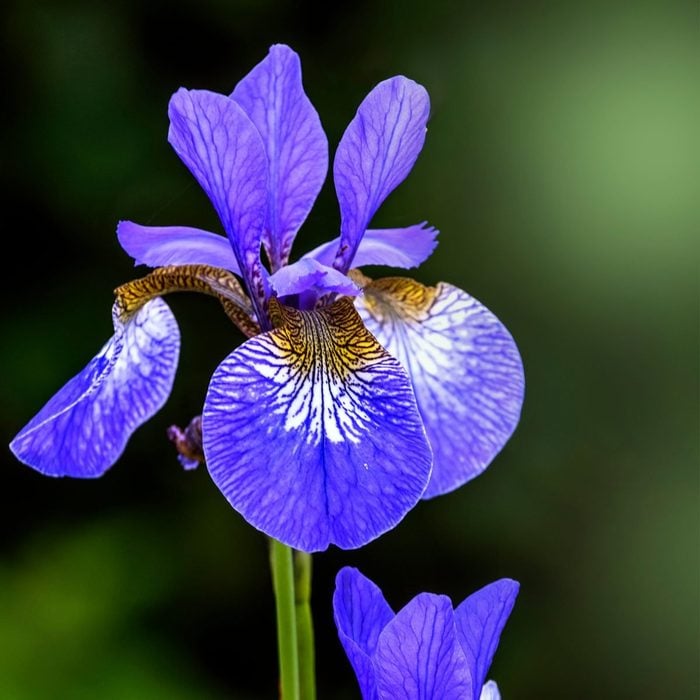
Cut Back: Iris
This showy summer favorite is vulnerable to infestations of iris borers, which tunnel into the base of the rhizome to lay eggs. Trim the fan of sword-shaped iris leaves at an angle so they slope upward into a center peak no higher than 6 to 8 inches. Then remove any dead or dried leaf debris.
Find out why you should keep planting perennials in fall.
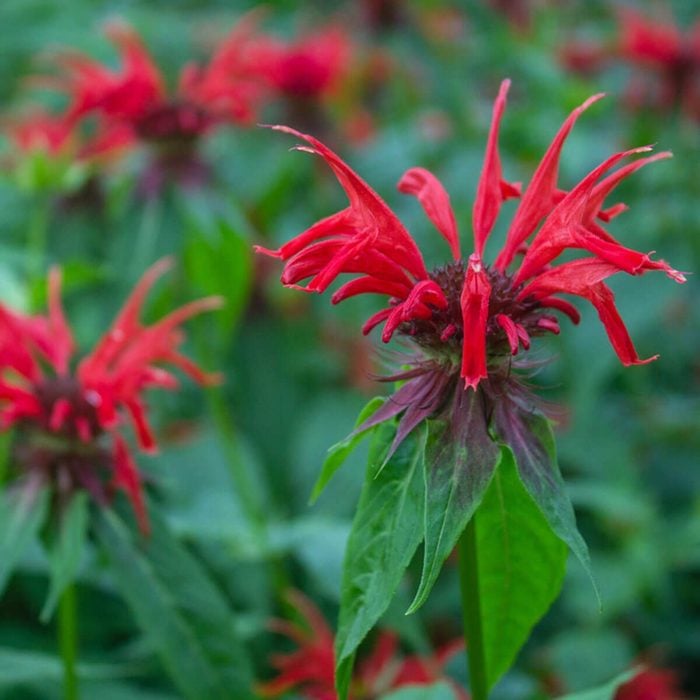
Cut Back: Bee Balm
Cutting back this plant keeps it healthy for the hummingbirds and butterflies that flock to it in midsummer. Bring it right down to the soil to discourage problems such as mildew. If plants show signs of mildew, dispose of the cuttings instead of composting them.
Plant bee balm in your pollinator garden.
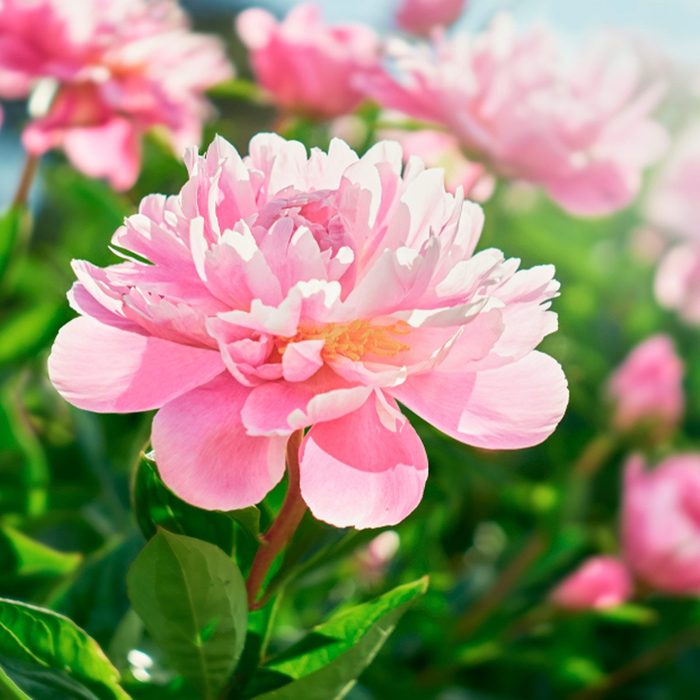
Cut Back: Peonies
Gorgeous peonies, too, are vulnerable to mildew. Grab the leaves and prune stems to a few inches after the first frost.
Here’s why you should plant peonies in your flower garden in fall.
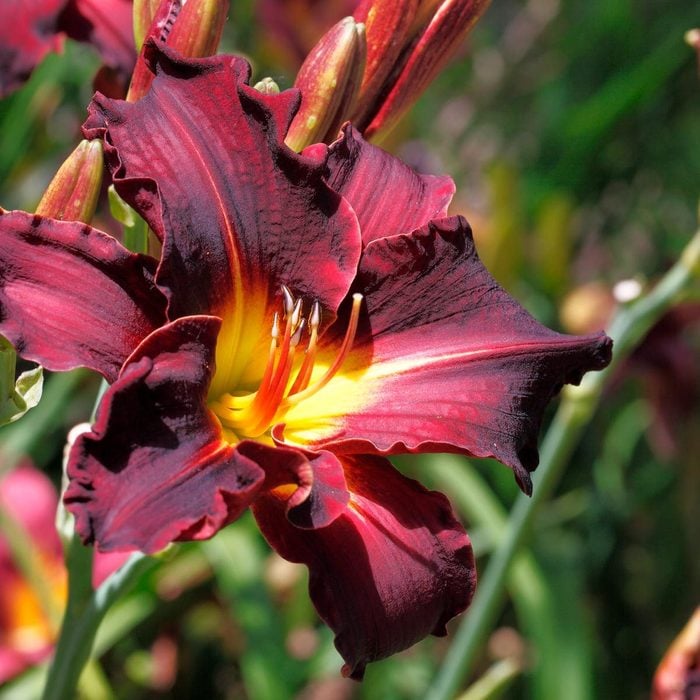
Cut Back: Daylilies
Clip back the profusion of daylily leaves that burst from rhizomes like fireworks. If desired, reach down near the base of each plant to secure a tight handful of leaves and cut.
True lily vs daylily: what’s the difference?
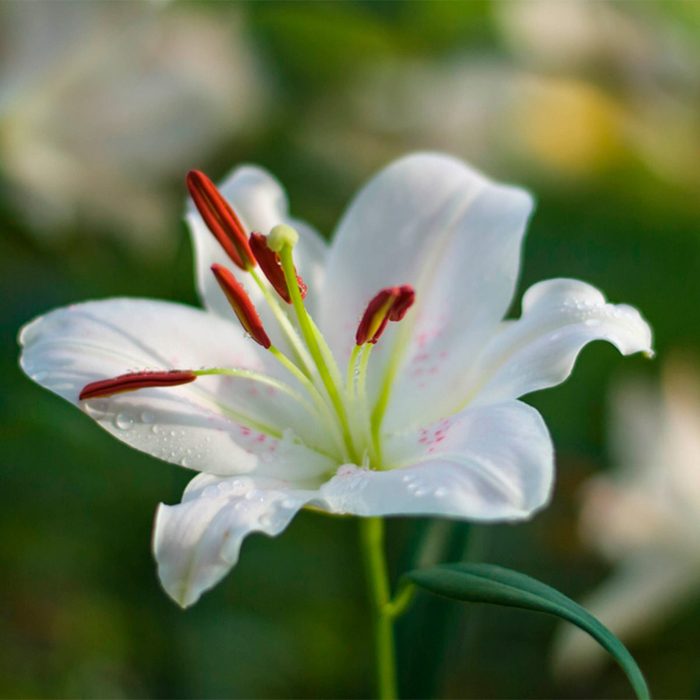
Cut Back: Lilies
Dick suggests paying attention to lily leaves, pruning them after they discolor. He says, “When they turn to yellow or red, that signals leaves are no longer feeding the bulbs.”
It only takes one quick snip of the stalk near the soil line, and you’re done. Sometimes the stalk comes off with a gentle twist.
Discover the best time and place to plant lily bulbs.
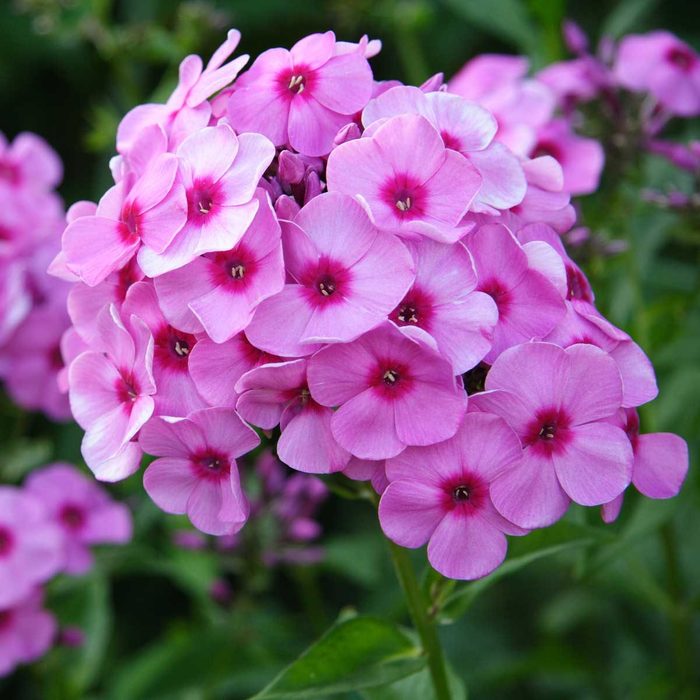
Cut Back: Phlox
Like bee balm, this fragrant flower likes to spread and can be vulnerable to mildew. Take it down to the soil during fall to help prevent this disease.
Grow aster flowers to attract butterflies in fall.
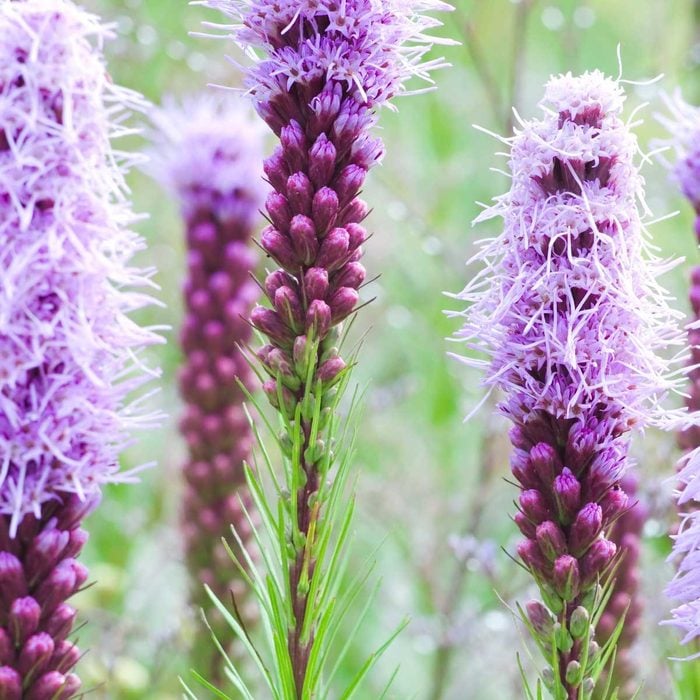
Cut Back: Blazing Star
This plant’s bright purple flowering spikes often appear in butterfly gardens. Trim flower spikes and leaves to the base so it’s ready for another year of bold color and texture.
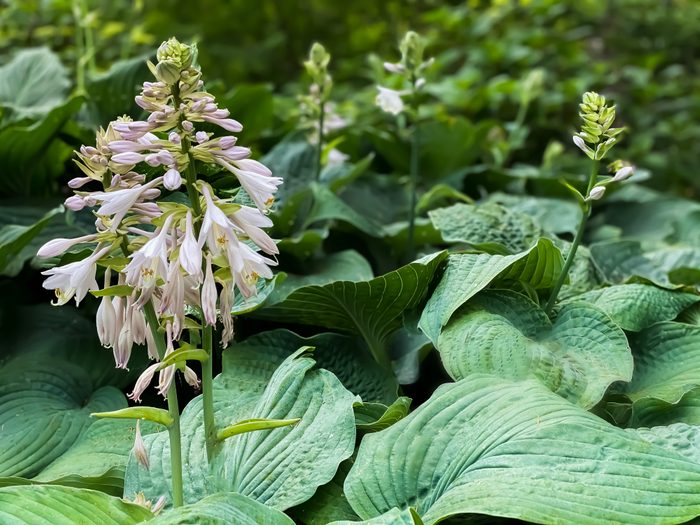
Cut Back: Hostas
Prune hosta leaves near the crown to keep the shade-loving perennial healthy. Keeping hostas tidy reduces the risk of slugs taking over and harming the plants once spring returns.
Discover the best fall flowers (that aren’t mums).
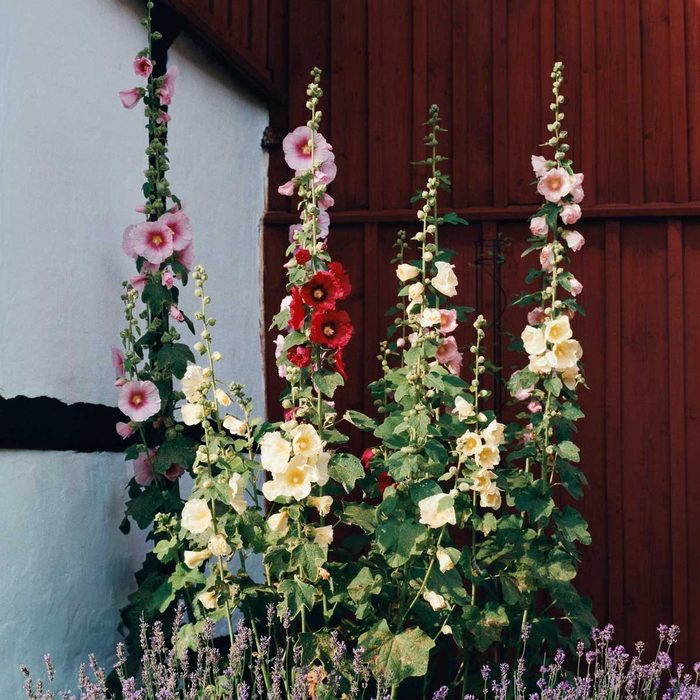
Cut Back: Hollyhocks
A cottage-garden staple, hollyhocks can get gangly in the fall. Bring them down to about 6 inches high to reduce the risk of leaf rust. If you have seedpods, scatter them in fall for more plants come spring.
Grow these late summer and fall flowers for hummingbirds.
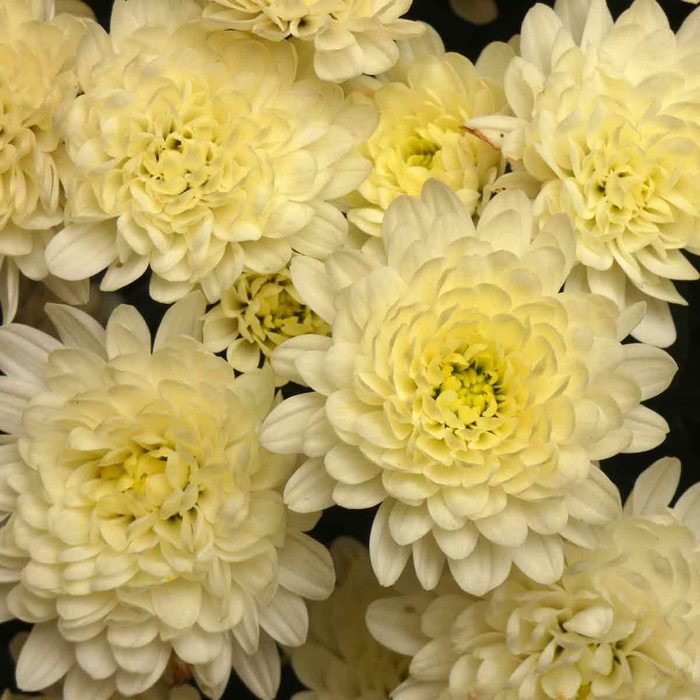
Cut Back: Chrysanthemum
This fall star’s flowers can be cut back after they’ve bloomed or been hit by a hard frost. Pair with leaves or other mulch, which can insulate the plant from harmful freeze-and-thaw cycles.
Learn 10 things you need to know about chrysanthemums.
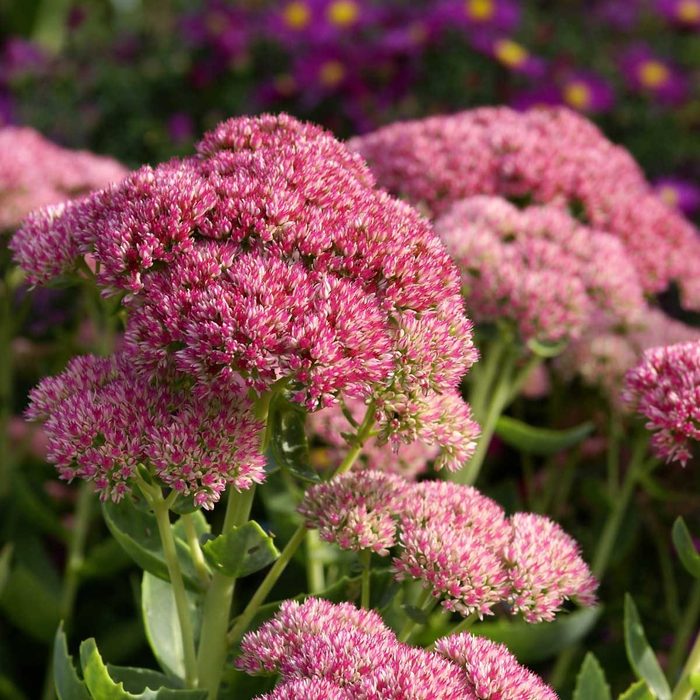
Let Be: Sedum
While groundcover sedum will be buried in the snow, taller varieties might poke out from the drifts and offer some interesting visuals with their tightly clustered seed heads.
Check out the top 10 stonecrop sedum varieties to grow.
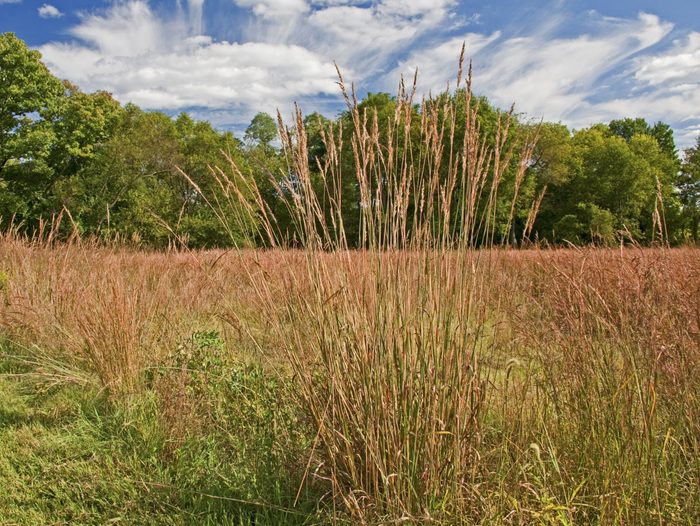
Let Be: Ornamental Grasses
Dried ornamental grasses such as little bluestem, fountain grass or sea oats can rustle beautifully in the winter, or trap snow, which can insulate plants and shelter wildlife.
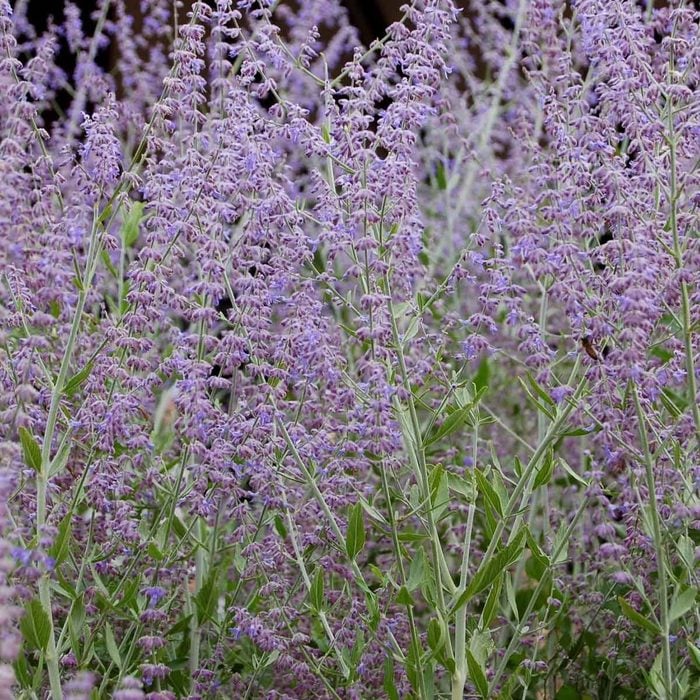
Let Be: Russian Sage
Almost as tall and wispy as ornamental grasses, fragrant purple-flowered Russian sage can likewise add texture and shelter to the winter garden.
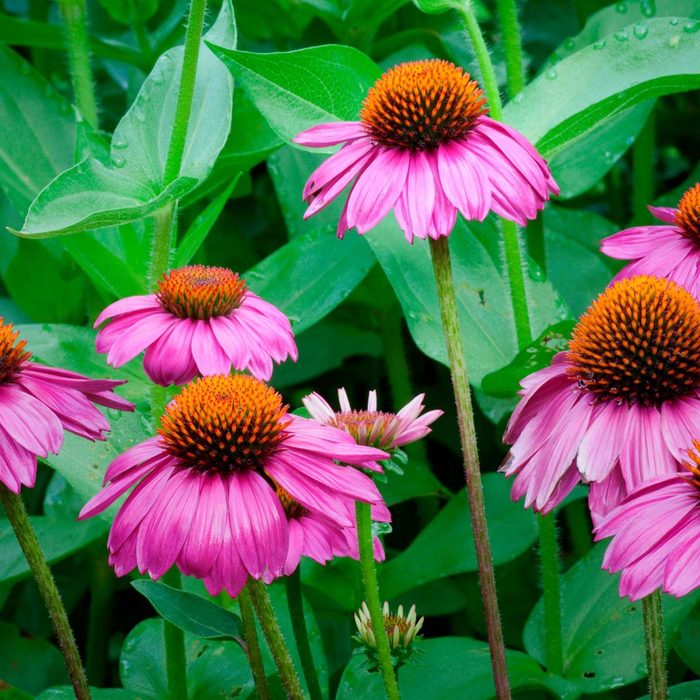
Let Be: Coneflowers
Seed heads on coneflowers (echinacea) can look pretty covered with frost or snow, but they also offer important sustenance for winter birds.
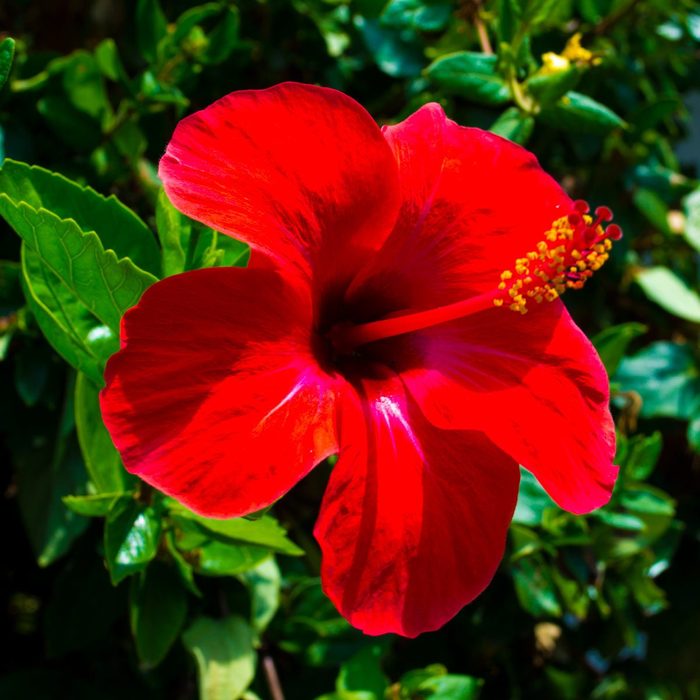
Let Be: Perennial Hibiscus
Leave stalks on late-emerging plants such as perennial hibiscus so you have a reminder of where they are. Otherwise, they can take so long to show fresh growth in the spring that you might think they didn’t make it through winter. Trim old growth as needed when new leaves emerge.
Next, learn how to grow a gorgeous fall garden your birds will love.
